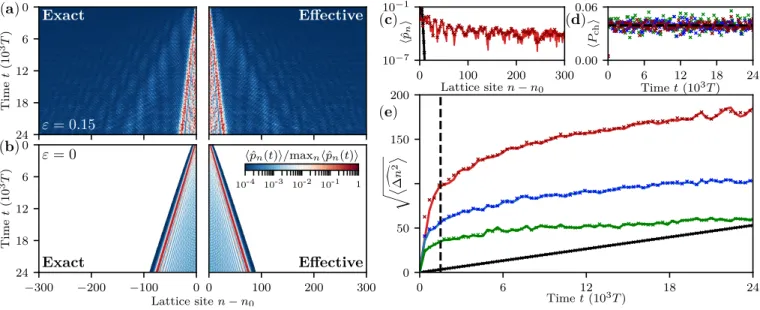Chaos-assisted long-range tunneling for quantum simulation
Texte intégral
Figure



Documents relatifs
223 (2017) 57–94], which is an analogue of the Wasserstein distance of exponent 2 between a quantum density operator and a classical (phase-space) density, we prove that the
And indeed very good agreement between this prediction and numerically computed tunneling rates was found for quantum maps that were designed such as to yield a “clean”
In this sense, this paper intend to use the 0-1 test for chaos to identify regions of chaos or regularity for the parameters of a generalized Gauss iterated map, in an attempt to
We prove the global existence of solutions near Maxwellians to the Cauchy problem of the system for the long-range collision kernel of soft potentials, particularly including
In 1977, Chirikov and his collaborators proposed the kicked rotator as a quantum model for Hamiltonian chaos, and showed that quantum effects limit the classical
In a previous paper we have suggested that for VLWIR QWIP operating in the tunnelling regime, the dark current mostly results from the interaction between the
To simulate the thermal light in MQC-PE, we should (1) create an ensemble of initial conditions for trajectories, each one corresponding to a single fi eld realization, (2) run
Contrary to the well known infrared atmospheric windows (3-5µm and 8-12µm) which are generally used for ground-based applications, the VLWIR domain can be very